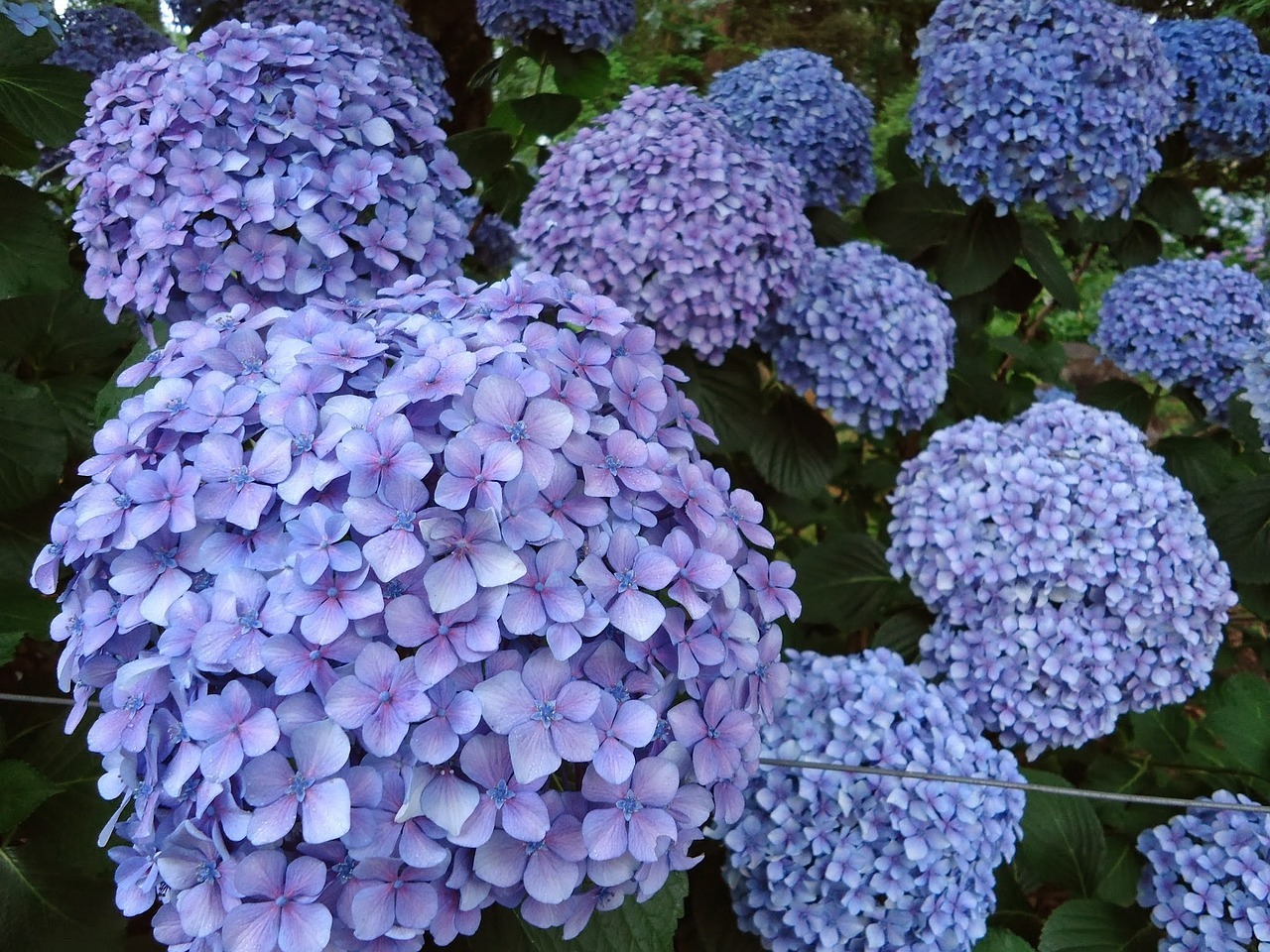Everything about these showy shrubs makes them the delight of summer blooms. Hydrangeas are perennial flowers that are considered to be long-living shrubs that bloom almost all summer long and even up until fall. In this article, we are going to give you a guide to all things hydrangea. From the description of its different types to pruning and propagating them.
Type of Hydrangeas
Almost all hydrangea types prefer moist and fertile soil, along with part sun and part shade locations. They also like to under the morning sun and in a cooling shade during the afternoon. These conditions help hydrangeas to thrive best and stay healthy.
Most species and varieties of those species of the hydrangea genus can be typically seen in garden centers as well as florist shops. Here are some popular hydrangea types that you can see in the market and gardens today.
- The Oakleaf hydrangea – This type of hydrangea is known for its big and deep green leaves, which can last for all summer long until far into autumn. For its appearance, it comes in red, maroon, orange hues before dormancy. Oakleaf hydrangea develops its white panicles of blooms during early summer.
- Climbing Hydrangeas – This type of hydrangea have vines that behave well as they climb fences, walls, and pergolas. Climbing hydrangeas are typically tamed in nature, and they are also easy to prune.
- Wild Hydrangea – also known as Annabelle, the wild hydrangea has a loose and wide branched shrub. It likes rocky slopes and moist soils as it grows.
- Rough–leaved Hydrangea – This type of hydrangea has broad and rough leaves and blooms flat flower heads.
- Bigleaf hydrangea – This type of hydrangea is a spring bloomer. This is perhaps the most sought after hydrangea species in the world. They can have a round or flat flower cluster that comes in different colors such as white, blue, purple, pink, and sometimes red. The big round bloomers are a variety of the bigleaf hydrangea called “mopheads,” and those with the flat blooms are often referred to as “lace caps.”
- Hydrangea Serrata – Also known as the mountain hydrangea, this type is very similar to macrophylla; it is just a little bit smaller and but it is a very hardy plant. Hydrangea Serrata can bloom large heads of flowers with pink or blue hues during summer and autumn.
- Hardy hydrangea – This type of hydrangea typically blooms in the summer. It has long cone-shaped blooms that have the ability to change in color from light green to white to pink as they grow older.
Pruning Hydrangeas
Experts say that hydrangeas don’t need to be pruned. However, some of its varieties can give you stunning and vibrant blooms if you do provide them with a cut. The most important thing that you should know in order to achieve a successful pruning is knowing what kind of hydrangea you have in your garden and knowing when to cut or prune it. Take note that the type of hydrangeas that blooms on old wood should only be pruned after their flowering stage. Hydrangeas that can flourish on new wood should be pruned in the fall before their winter dormancy. You can also prune them during spring or as soon as you can see fresh blooms.
However, despite all of these pruning recommendations, you should always remember to follow the 4 Ds of pruning. This means that they can safely remove any diseased, damaged, dead, or dying plant material at all throughout the year. In fact, experts recommend this in order to give your hydrangeas the best health.
Propagating Hydrangeas
The best branches that you can work with are those that are relatively thick, maybe about one and a half times more abundant than a pencil, with a little green but not new shoots, no flower buds. All you have to do is to cut the top six inches of the branch. The cut has to be two inches or so below the leaf node because this is the intersection where a leaf sprouts from the branch. After that, you have to remove it all except for the top two leaves. Then you have to cut the top two sheets in half in order to reduce the loss of water through transpiration. Lastly, you have to dip the base of the cutting into the rooting hormone and put the cutting into a sterilized seedling mix.

